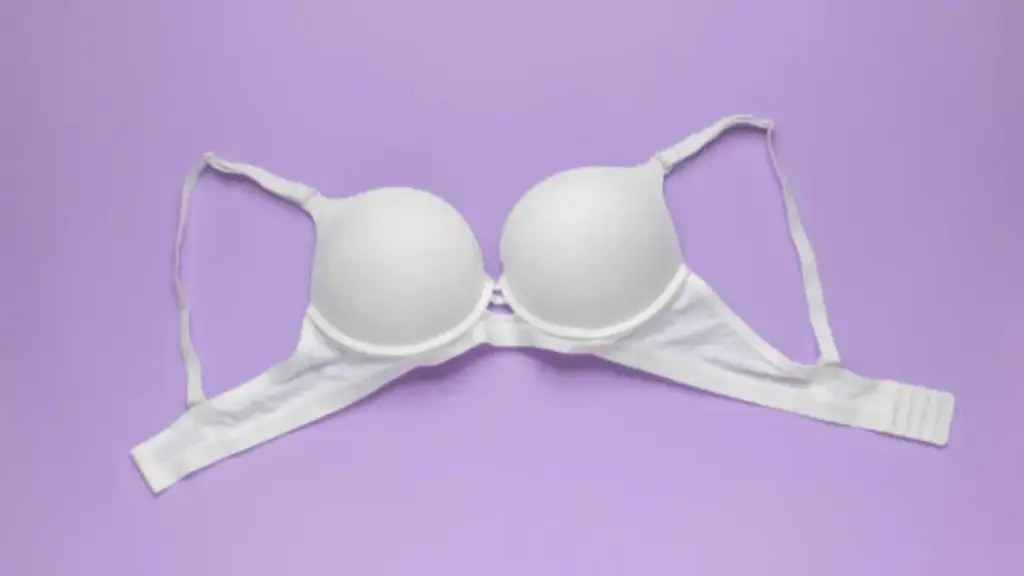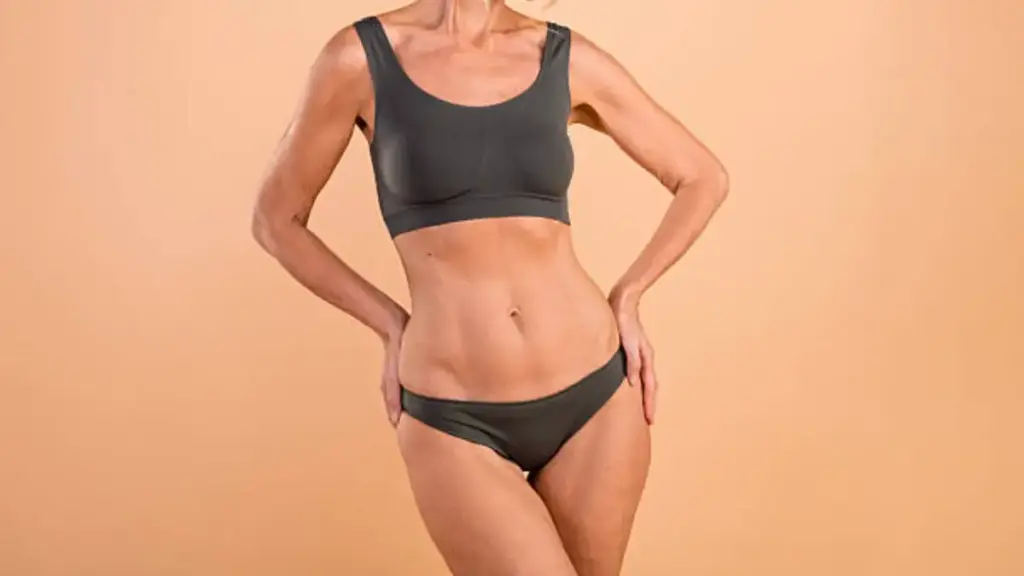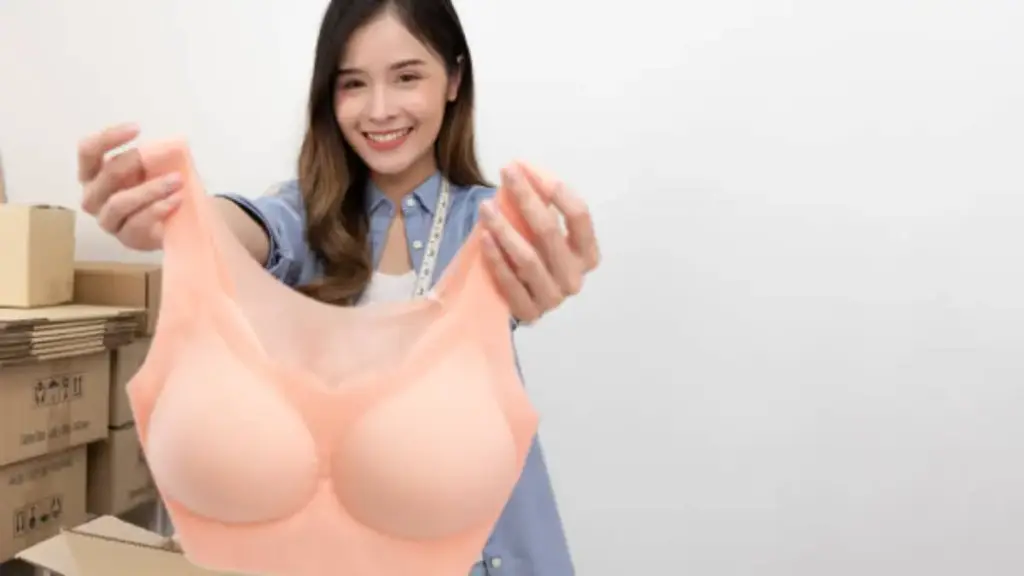Starting a lingerie brand can be a thrilling and rewarding journey. The lingerie market is ever-growing, with global sales in 2021 reaching an estimated $44.2 billion, expected to increase to $72.4 billion by 2026. But, before jumping in, you need to understand the foundational elements that will guide your brand to success. Whether you’re passionate about design, want to provide a better fit, or have a unique vision for lingerie, there are essential factors you should know.
In this guide, we’ll walk through the seven critical things you need to understand before starting your own lingerie business. These insights will help you create a strong foundation and a brand that stands out in this competitive industry.
Costs of Starting a Lingerie Brand

The first and perhaps most important thing is the cost. Starting any brand requires financial planning, but lingerie comes with its unique set of expenses. Here, we’ve provided a basic estimate of the cost factors:
- Product Development: $1,000 – $5,000
- Manufacturing (Per Unit): $5 – $50
- Branding & Marketing: $2,000 – $10,000
- Inventory & Logistics: $2,000 – $8,000
- Packaging: $500 – $3,000
- Website & E-commerce Setup: $1,000 – $5,000
Total Estimated Cost: $20,000 – $50,000
For a more detailed breakdown and exact numbers, please click here to learn more.
Defining Your Niche
The lingerie industry is vast, and choosing the right niche is like picking the right track in a race. When I think about starting my own bra brand, I’d focus on a few key niches that I believe are currently underserved or growing rapidly. Here are the four I’d prioritize:
Plus-size Lingerie: There’s a growing demand for stylish and comfortable plus-size bra. Women are now looking for pieces that fit well and make them feel confident, rather than just functional.
Eco-Friendly Lingerie: With the rise in conscious consumerism, many buyers are prioritizing sustainable products. Consider using organic cotton, bamboo fabrics, or recycled materials in your designs.
Luxury Lingerie: For a more upscale market, you can focus on high-end lingerie, utilizing fine materials like silk, satin, and lace. The key to success in this niche is providing exceptional quality and exclusivity.
Athleisure Lingerie: Many consumers are blending comfort with functionality, especially for those who want activewear-style lingerie. Think sports bras, seamless underwear, and supportive pieces that can transition from daywear to gym wear.
Designing Products

If I were to start my own lingerie brand, it would be because finding a bra that fits both the band and cup size perfectly is such a challenge.Many women struggle with this, and that’s where I’d focus my energy—designing lingerie that truly meets consumer needs. So, when creating products, I’d want to keep these four things in mind:
Fit & Comfort: For me, comfort is a top priority. Women often find that bras either don’t fit right or don’t offer support, especially for larger busts. I’d focus on designing bras that support without digging into the skin or leaving marks. Think soft, breathable fabrics and designs that move with the body.
Fabric Choices: I’d use fabrics like cotton for breathability, silk for luxury, and microfiber for smoothness. You want to make sure your fabrics bra feel good against the skin and stand the test of time.
Details Matter: Little touches, like seamless edges, adjustable straps, and flexible wire, can make a big difference in how comfortable and stylish the lingerie feels. Pay attention to every stitch and finish, because it’s these details that make your products stand out.
Trends: Stay up-to-date on what customers want. If you’re targeting younger, more active buyers, adhesive bra or sporty styles might be a hit. On the other hand, classic designs with lace and elegant materials can attract a more traditional, luxury-focused customer.
Finding Manufacturers

Finding the right factory? It’s not as tricky as it sounds, but it’s definitely not a walk in the park either. So, if you’re not sure where to begin, follow my lead—here are a few things you’ll want to consider:
Quality Control
You need a manufacturer who can maintain high quality consistently. This means checking for things like material durability, stitching precision, and color consistency. Don’t just take their word for it—ask for samples, and make sure you’re happy with the finished product before you scale up.
Customization Ability
Since you’re creating your own brand, it’s essential to work with a manufacturer who can bring your unique designs to life. Can they customize sizes, colors, and fabrics based on your vision? Can they handle special requests, like adding custom labels or unique finishes? Ensuring that the factory has the flexibility to adapt to your designs will make or break your product’s uniqueness.
Minimum Order Quantities (MOQs)
Most bra manufacturers will have minimum order requirements. For some, that could be hundreds, even thousands of units. As a new brand, you might not need that much stock upfront. Look for manufacturers with lower MOQs that allow you to test the market without committing to excessive inventory.
Communication
A smooth manufacturing process requires good communication. Your manufacturer should be responsive to your inquiries, be clear about timelines, and offer transparency on any issues that may arise. If communication feels strained from the start, it could lead to problems down the line.
Marketing and Promotion
Even the best products need marketing to succeed. Without promotion, it’s hard for anyone to discover your brand. You’ll need both online and offline strategies to create a solid presence, here’s how I would break it down:
Online Marketing Methods
- Social Media: Platforms like Instagram, Pinterest, and TikTok are perfect for showcasing your designs. These visually-driven platforms allow you to connect with your target audience through engaging content, whether it’s product photos, behind-the-scenes shots, or influencer partnerships.
- Email Campaigns: Building an email list and sending regular updates about new products, promotions, or styling tips can keep your brand top of mind for customers.
Offline Marketing Methods
- Stockists & Boutiques: You can gain traction by getting your products in local stores or boutiques. Building relationships with boutique owners and buyers can help you reach more customers who prefer to shop in-person.
- Press Packs: A well-designed press pack with professional images and product information can help you get noticed by fashion editors and influencers, increasing your brand’s visibility.
Pricing Your Products

Pricing your lingerie line is an art and science. You need to balance competitive pricing with profitability. Here are a few things to consider:
Cost of Goods Sold (COGS): This includes the cost of materials, manufacturing, and shipping. Calculate this first to ensure you’re not pricing below cost.
Market Research: Look at what competitors are charging for similar items. This will give you an idea of where your pricing should fall within the market.
Brand Positioning: If you’re targeting luxury consumers, your pricing should reflect that. On the other hand, if you’re aiming for more affordable options, your price points will be lower, but your focus will shift to high volume sales.
Discounting Strategy: Think about how you’ll handle promotions. Offering occasional sales, bundling products, or providing a loyalty program can help you drive traffic and convert customers.
Legal and Compliance
Finally, ensure that your brand is compliant with all legal and regulatory requirements. Some things to keep in mind include:
Intellectual Property: Protect your designs, logos, and trademarks to avoid any potential legal issues. Registering your brand’s intellectual property will prevent others from copying your work.
Labeling Requirements: Ensure your lingerie products are properly labeled according to your country’s regulations. For instance, in the U.S., textile labels need to disclose fabric composition, care instructions, and country of origin.
Health and Safety Standards: Lingerie must meet certain health and safety regulations, such as compliance with non-toxic dyes and materials.
E-commerce Laws: If you’re selling online, make sure you’re compliant with e-commerce regulations, including data protection laws (such as GDPR in Europe) and consumer rights laws.
Conclusion
Starting a lingerie brand takes passion, dedication, and a clear understanding of the market. By focusing on your niche, ensuring quality designs, finding a reliable manufacturer, and implementing strong marketing strategies, you can set yourself up for success. While the financial investment can be substantial, the rewards of creating a brand that resonates with customers can be incredibly fulfilling.
Now that you’re equipped with these seven essential things to know, you’re ready to take the next step in your lingerie business journey. It’s an exciting world, and with the right planning, your brand can make a significant impact in the industry. If you’re ready, Contact Xinke to bring your lingerie vision to life.